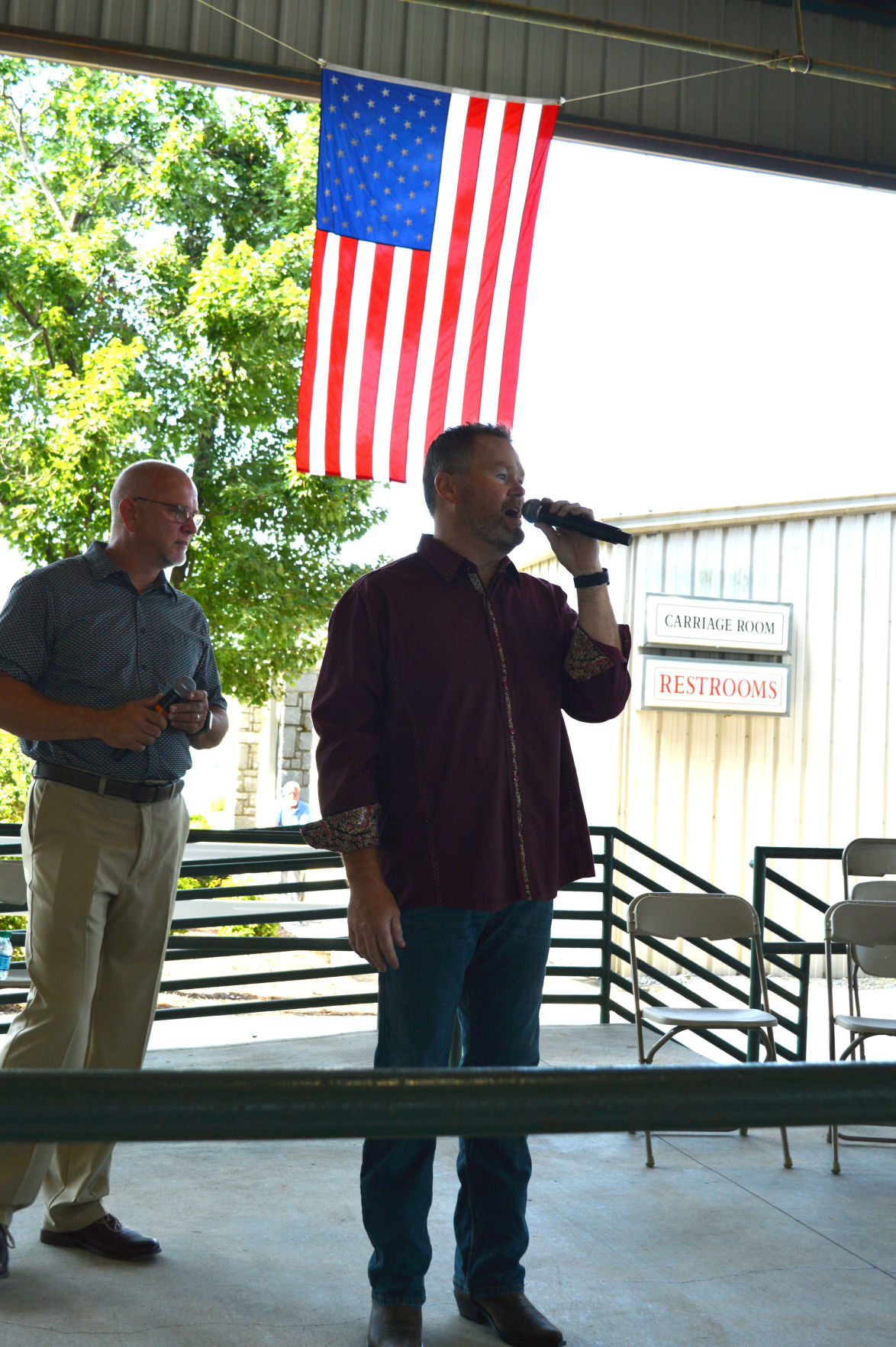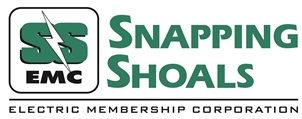

Linemen initially wondered how safe automation would be and had many questions up front. Power can be restored safely, faster and with fewer employees than before. Using automation and SCADA to assist with outage restorations has worked very well. By design, more than 30% of SSEMC customers are inside AST schemes, and all but a few substations can be switched out of service remotely. The communications backbone is mostly single-mode fiber, but some of the more remote devices are served with Ethernet radios. Each one helps to facilitate outage restorations for two feeders and can be used with preplanned switching. The independent devices at normally open points are not automated, but they serve two critical roles. Most of the switches work in pairs, protecting customers as an AST scheme, while the rest are independent and at normally open points. The project’s hardware consists of 97 Cooper NOVA reclosers, three S&C IntelliRupter PulseClosers, single-mode fiber and supporting communications equipment. SSEMC saw an opportunity to join forces with CRN and committed to a $4.1 million project to build on what it had already accomplished, to create a more comprehensive solution. In 2010, the Cooperative Research Network (CRN) was awarded a US$33.9 million matching grant for a smart grid demonstration project, a portion of which was dedicated to the deployment of switching technology.
#Snapping shoals jobs manual#
In other words, they worked much like the original IntelliTeam, except they updated SCADA after events happened and allowed the SCADA to take manual control when necessary. The new schemes were designed using a decentralized philosophy with SCADA playing a supervisory role. In the years following its initial AST scheme installation, SSEMC deployed several more schemes serving dense commercial zones using Cooper’s NOVA reclosers and Form 6 recloser controls. From an operational perspective though, SSEMC was able to exceed customer expectations with the IntelliTeam by providing reliable service, which was priceless.Īdvancing and Building The power and communications cables are attached to the Nova recloser while on the ground, allowing all the equipment to be lifted into position as a single unit.

However, it was not able to communicate with the SCADA system, so it was an island in that regard. During its 12 years in service, the IntelliTeam prevented 10 outages while serving up to 3 MW of load for approximately 60 customers. It requires no human intervention and even returns service back to the primary feeder after power is restored.Īutomatic switching technology was relatively new at the time SSEMC purchased the IntelliTeam, and the technology has served the coop well. IntelliTeam senses an outage on its primary feeder and automatically switches the critical load to a backup feeder. The equipment purchased, IntelliTeam, was a joint venture between Cooper and S&C Electric. Utilities often receive blame for a power outage regardless of the cause therefore, SSEMC’s decision to purchase an automatic source transfer (AST) scheme was relatively easy. The following year, a large customer choice load experienced a few outages and, as a result, some additional improvements were necessary. Load and event information was stored in a shared database and made available to engineering employees to support many daily engineering tasks.
#Snapping shoals jobs windows#
In 2000, SSEMC transitioned to Microsoft Windows for SCADA, and the engineering benefits were immediate. The system was reliable but difficult to configure, ran proprietary protocols and was, in effect, a technology island. The original SCADA system was based on DEC Alpha hardware running OpenVMS. The coop has used a supervisory control and data acquisition (SCADA) system and remotely operated substation switches for years. Like many utilities, SSEMC continually struggles with how best to use available technology. Snapping Shoals EMC (SSEMC) is a cooperative serving more than 90,000 members/owners. Lastly, getting employees to buy in and change old work practices to take maximum advantage of new high-tech systems can be challenging. And, it can be difficult to abandon a piece that is not meeting goals and start over after the initial investment is made. It is easy to end up with multiple high-tech islands, with pieces that are not being used to their fullest extent. Integrating multiple high-tech systems together and producing results in that same environment can be a formidable challenge. Installing a new high-tech system in an established utility environment can be difficult. Utilities continually search for new ways to improve reliability and efficiency with technology.


 0 kommentar(er)
0 kommentar(er)
